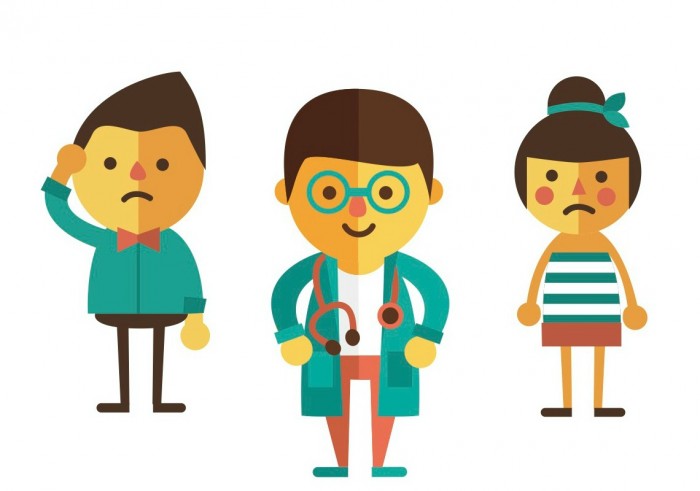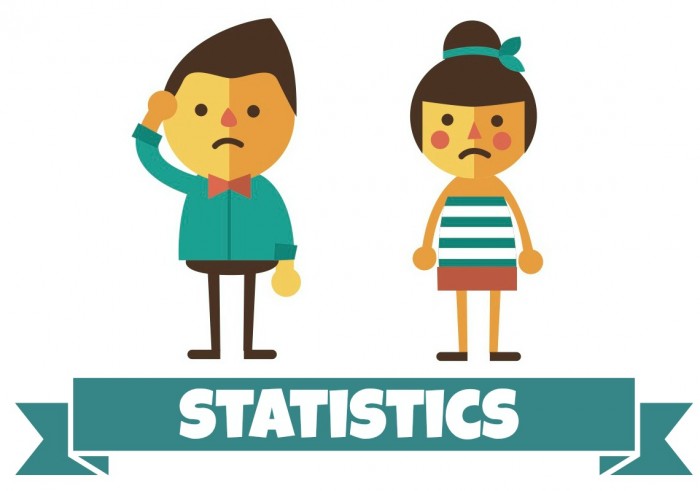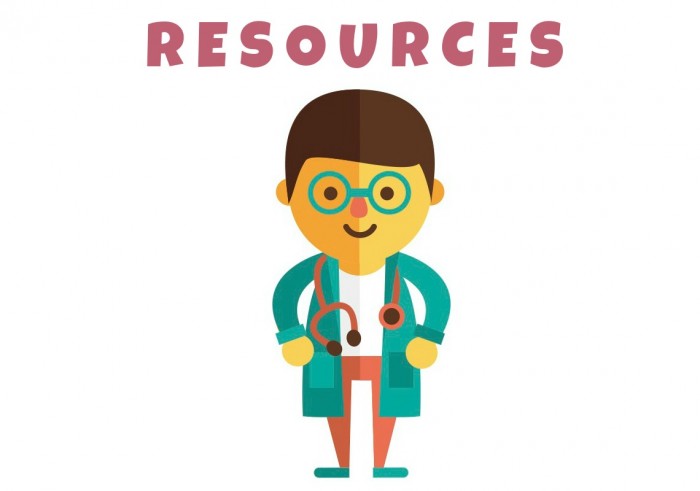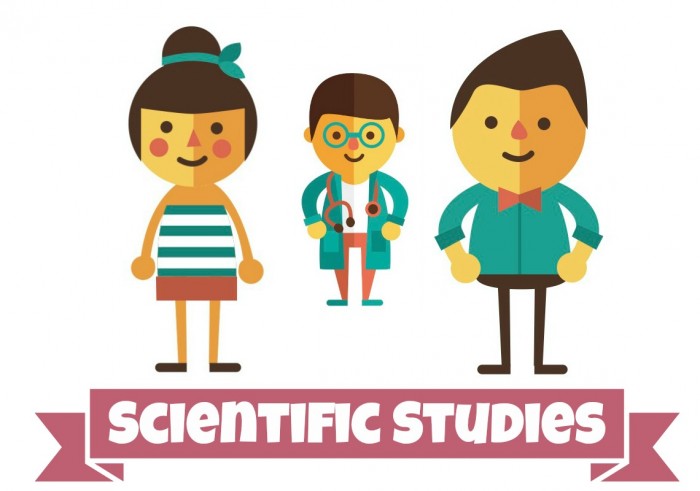According to the Diagnostic and Statistical Manual of Mental Disorders, Fifth Edition (DSM-5), a Major Depressive Episode is characterized by:
A. Five (or more) of the following symptoms have been present during the same 2-week period and represent a change from previous functioning; at least one of the symptoms is either (1) depressed mood or (2) loss of interest or pleasure.
Note: Do not include symptoms that are clearly due to a general medical condition, or mood-incongruent delusions or hallucinations.
♦ Depressed mood most of the day, nearly every day, as indicated by either subjective report (e.g., feels sad or empty) or observation made by others (e.g., appears tearful). Note: In children and adolescents, can be irritable mood.
♦ Markedly diminished interest or pleasure in all, or almost all, activities most of the day, nearly every day (as indicated by either subjective account or observation made by others).
♦ Significant weight loss when not dieting or weight gain (e.g., a change of more than 5 percent of body weight in a month), or decrease or increase in appetite nearly every day. Note: In children, consider failure to make expected weight gains.
♦ Insomnia or hypersomnia nearly every day.
♦ Psychomotor agitation or retardation nearly every day (observable by others, not merely subjective feelings of restlessness or being slowed down).
♦ Fatigue or loss of energy nearly every day.
♦ Feelings of worthlessness or excessive or inappropriate guilt (which may be delusional) nearly every day (not merely self-reproach or guilt about being sick).
♦ Diminished ability to think or concentrate, or indecisiveness, nearly every day (either by subjective account or as observed by others).
♦ Recurrent thoughts of death (not just fear of dying), recurrent suicidal ideation without a specific plan, or a suicide attempt or a specific plan for committing suicide.
B. The symptoms cause clinically significant distress or impairment in social, occupational or other important areas of functioning.
C. The symptoms are not due to the direct physiological effects of a substance (e.g., a drug of abuse, a medication) or a general medical condition (e.g., hypothyroidism).
♦ In 2012, 16 million U.S. adults reported experiencing at least one major depressive episode in the past year [source]
♦ From 1988-1994 through 2005-2008, antidepressant use increased 400% [source]
♦ Approximately 30 million (or one in ten) Americans aged 12+ takes antidepressant medication [source]
♦ Less than 1/3 of Americans taking one antidepressant medication and less than 1/2 of those taking multiple antidepressants have seen a mental health professional in the past year [source]
♦ Antidepressants and the Placebo Effect
♦ Antidepressants Don’t Work for Most People, Doctors Agree
♦ Awkward: Your Chemical Imbalance Is Showing
♦ Belief in God Positively Influences Psychiatric Treatment Outcomes
♦ Climate Change and the Risk of Heat-Related Deaths in Patients Prescribed Antidepressants
♦ Dangerous Drugs That Used to Be Legal: Are Antidepressants Next?
♦ Depression: From Sadness to Pain (Video)
♦ Exercise and Mood: The Basics
♦ Gluten and Depression: The Jimi Hendrix Experience
♦ Mood Stabilizing Effects of Flaxseed Oil
♦ Religion Acts as Buffer for High Risk Depression
♦ The DSM-5: Why Being Sad Might Make You Crazy
♦ The Microbiota-Gut-Brain-Axis (And Other Sexy Stuff)
♦ National Center for Complementary and Integrative Health
♦ National Institute of Mental Health
♦ Anatomy of an Epidemic: Magic Bullets, Psychiatric Drugs and the Astonishing Rise of Mental Illness: Robert Whitaker
♦ The Emperor’s New Drugs: Exploding the Antidepressant Myth: Irving Kirsch
♦ Unhinged: The Trouble with Psychiatry – A Doctor’s Revelations about a Profession in Crisis: Daniel Carlat
♦ The Truth About the Drug Companies: How They Deceive Us and What to Do About It: Marcia Angell
♦ Prozac Backlash: Overcoming the Dangers of Prozac, Zoloft, Paxil, and Other Antidepressants with Safe, Effective Alternatives: Joseph Glenmullen
♦ Prozac: Panacea or Pandora?: Ann Blake Tracey
♦ Blaming the Brain: The Truth About Drugs and Mental Health: Elliot Valenstein
♦ Mad in America: Bad Science, Bad Medicine and the Enduring Mistreatment of the Mentally Ill: Robert Whitaker
References
Kessler, R.C., Chiu, W.T., Demler, O., Walters, E.E. (2005). Prevalence, severity, and comorbidity of twelve-month DSM-IV disorders in the National Comordbidity Survey Replication (NCS-R). Archives of General Psychiatry, 62(6): 617-27.
National Center for Health Statistics (US). (2011). Health, United States: 2010: With special feature on death and dying. Report No.: 2011-1232.
Pratt, L.A., Brody, D.J. & Gu, Q. (2011). Antidepressant use in persons aged 12 and over: United States, 2005–2008. NCHS data brief, no 76. Hyattsville, MD: National Center for Health Statistics.
Substance Abuse and Mental Health Services Administration. (2013). Results from the 2012 National Survey on Drug Use and Health: Mental Health Findings, NSDUH Series H-47, HHS Publication No. (SMA) 13-4805. Rockville, MD: Substance Abuse and Mental Health Services Administration.
Enter your search term below and you’re ready to go! To sort by Year, Publication, etc. just click the column titles! (While database searches do work on mobile devices, it’s a little bit easier to view on your desktop.) Clicking the article title will take you directly to the article abstract. Please let me know if you have any questions or need any help!








